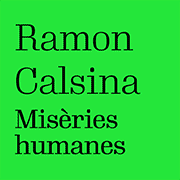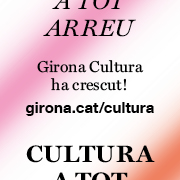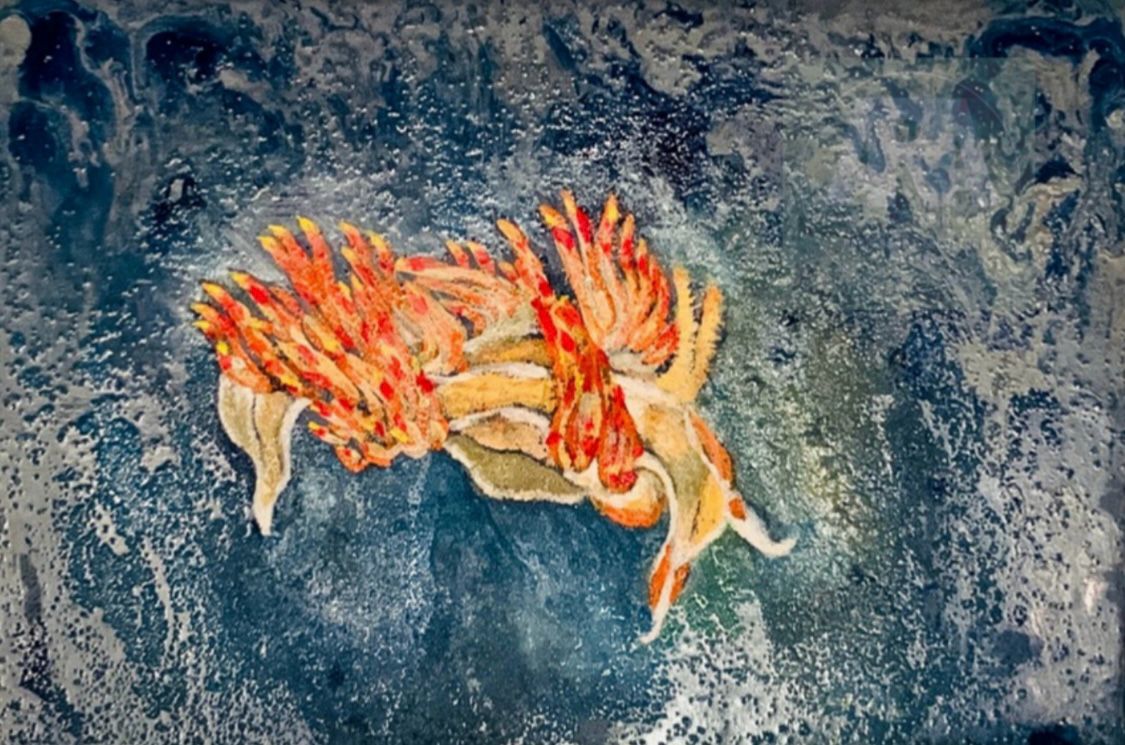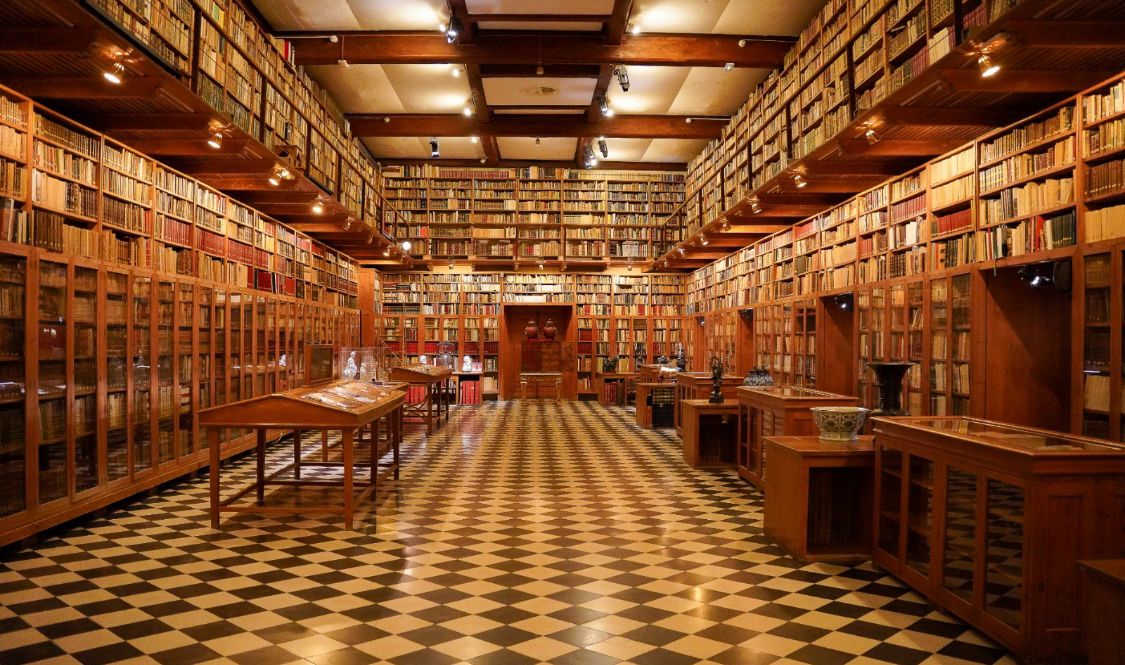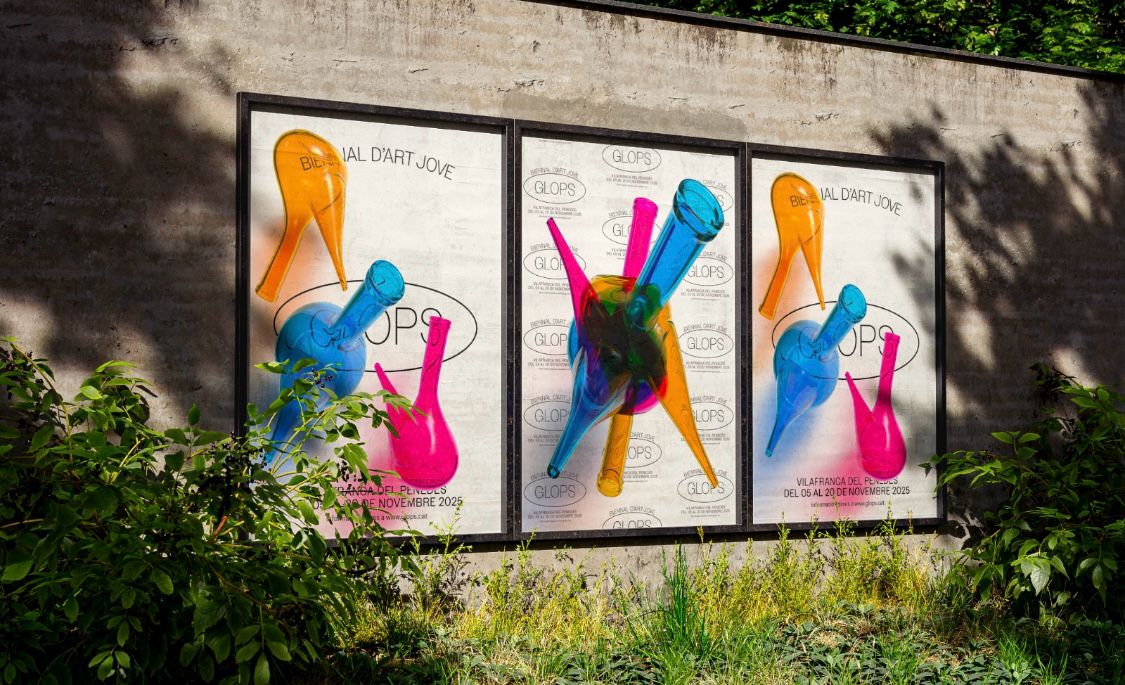Exhibitions
Antoni Tàpies: the imagination of the world
A study of his influences, references and creative connections.
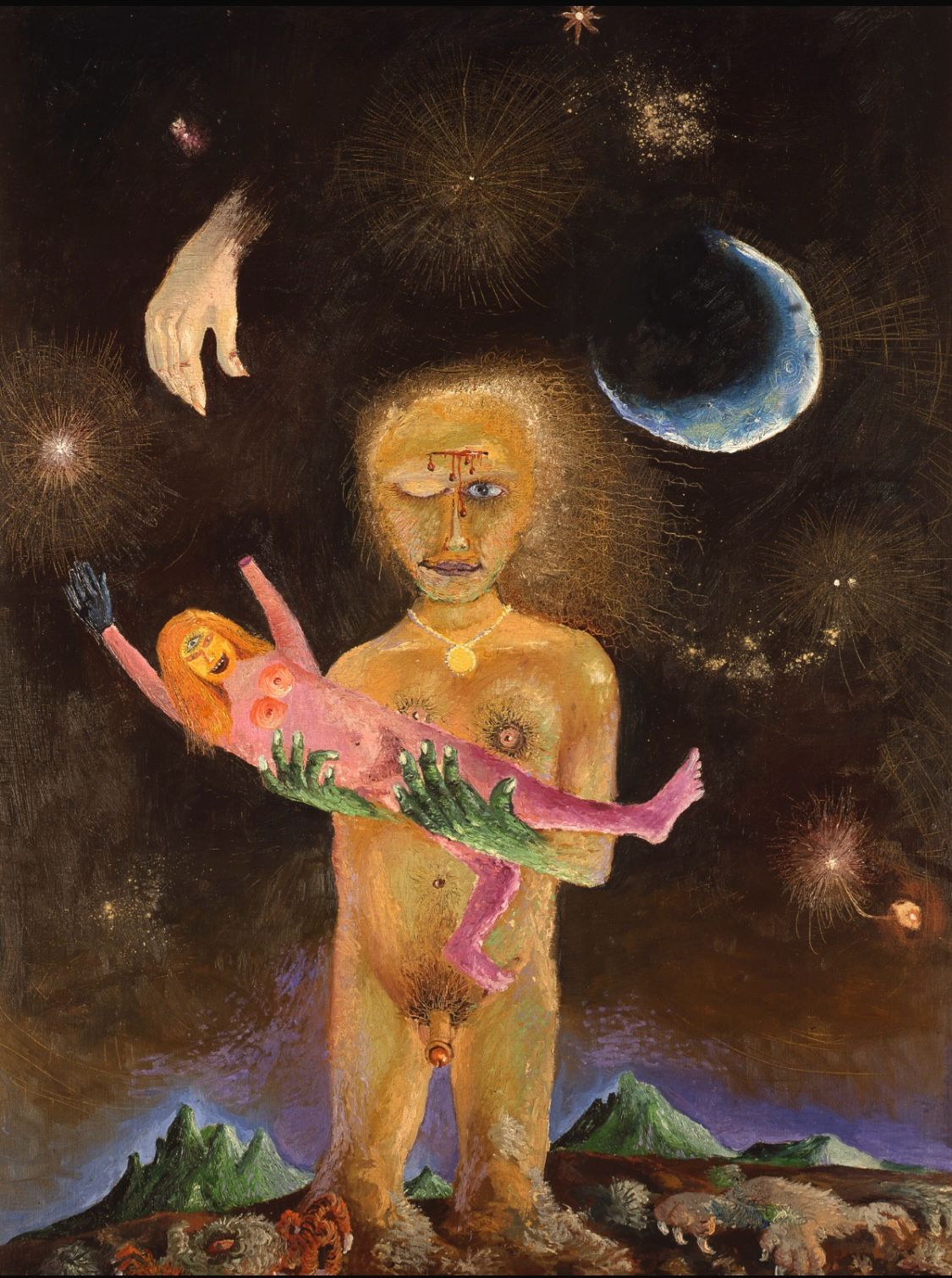
Antoni Tàpies was always an artist who went beyond matter, but paradoxically it is precisely his material facet that has endured the most in the collective imagination. The exhibition 'The Imagination of the World' at the Tàpies Museum in Barcelona seeks to expand this vision and explore his work from a new perspective. Curated by Imma Prieto and Pablo Allepuz , the exhibition connects Tàpies' creations with their visual context, their references and the images that surrounded him throughout his career.
The idea stems from an essay by the artist himself, collected in the book L'art i els seus llocs (1999), in which he reflected on his personal collection with an intercultural and interdisciplinary perspective. This exhibition does not limit itself to showing works by Tàpies, but rather builds a dialogue between his creations and a series of objects, documents and images from diverse sources. It invites us to ask ourselves: What visual elements influenced his work? How did they interact with his artistic thinking? And, on the other hand, what images might have been born from his legacy?
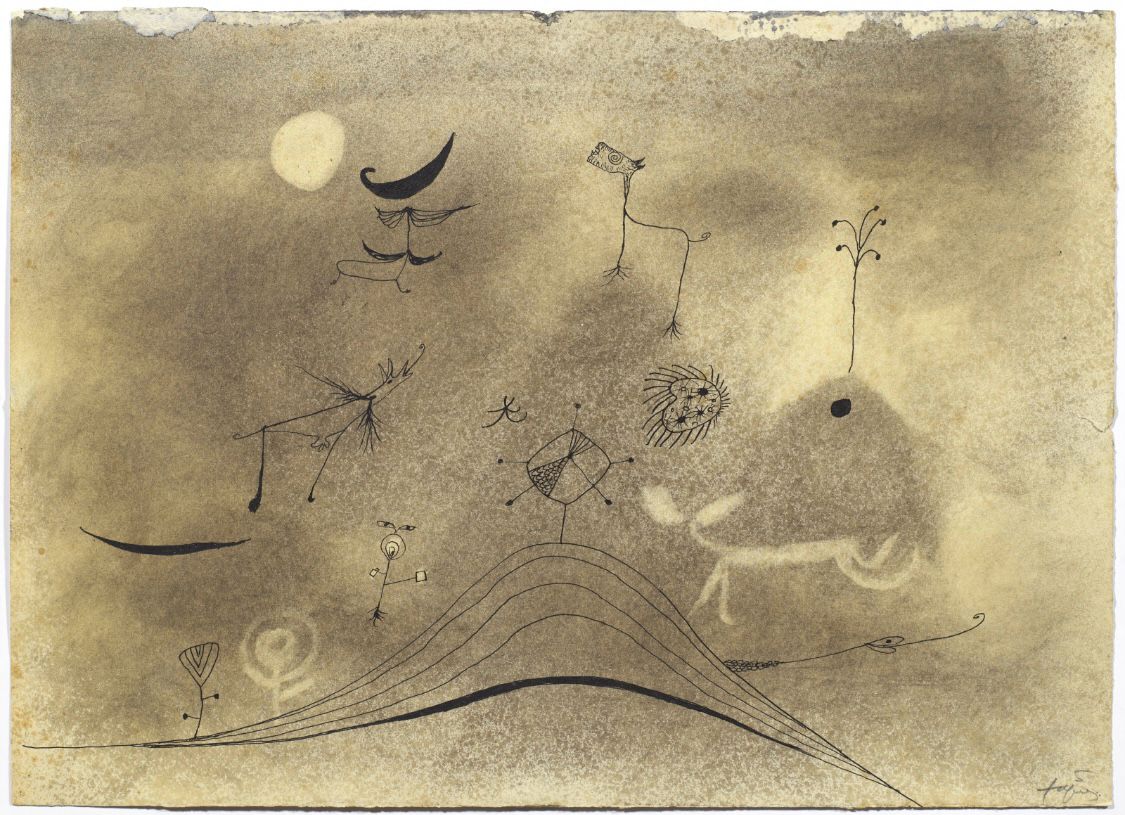 Antoni Tàpies. Gossos, (1948). Col·lecció particular, Barcelona © Comissió Tàpies, 2025
Antoni Tàpies. Gossos, (1948). Col·lecció particular, Barcelona © Comissió Tàpies, 2025
The exhibition, which opens today and can be visited until January 2026, occupies the first floor of the museum and starts with an exploration of his beginnings, when he oscillated between meticulous academicism and the break with the avant-garde. Through hyperrealistic portraits and sketchbooks, we can sense the passage from an early figurative stage towards a more experimental language. Another key point of the exhibition is the body as landscape and the landscape as body, an idea present in several of Tàpies' works. Hands that merge with roots, bodies in transformation, connections with nature and telluric forces... The exhibition also includes generational references by the artist, from psychoanalysis to popular culture, including cinema and illustrated magazines. Likewise, one of the conceptual axes of the exhibition is the connection with Ramon Llull's ars combinatoria, a system of knowledge based on the combinatorics of concepts, which resonates with the way Tàpies approached his own artistic and intellectual praxis.
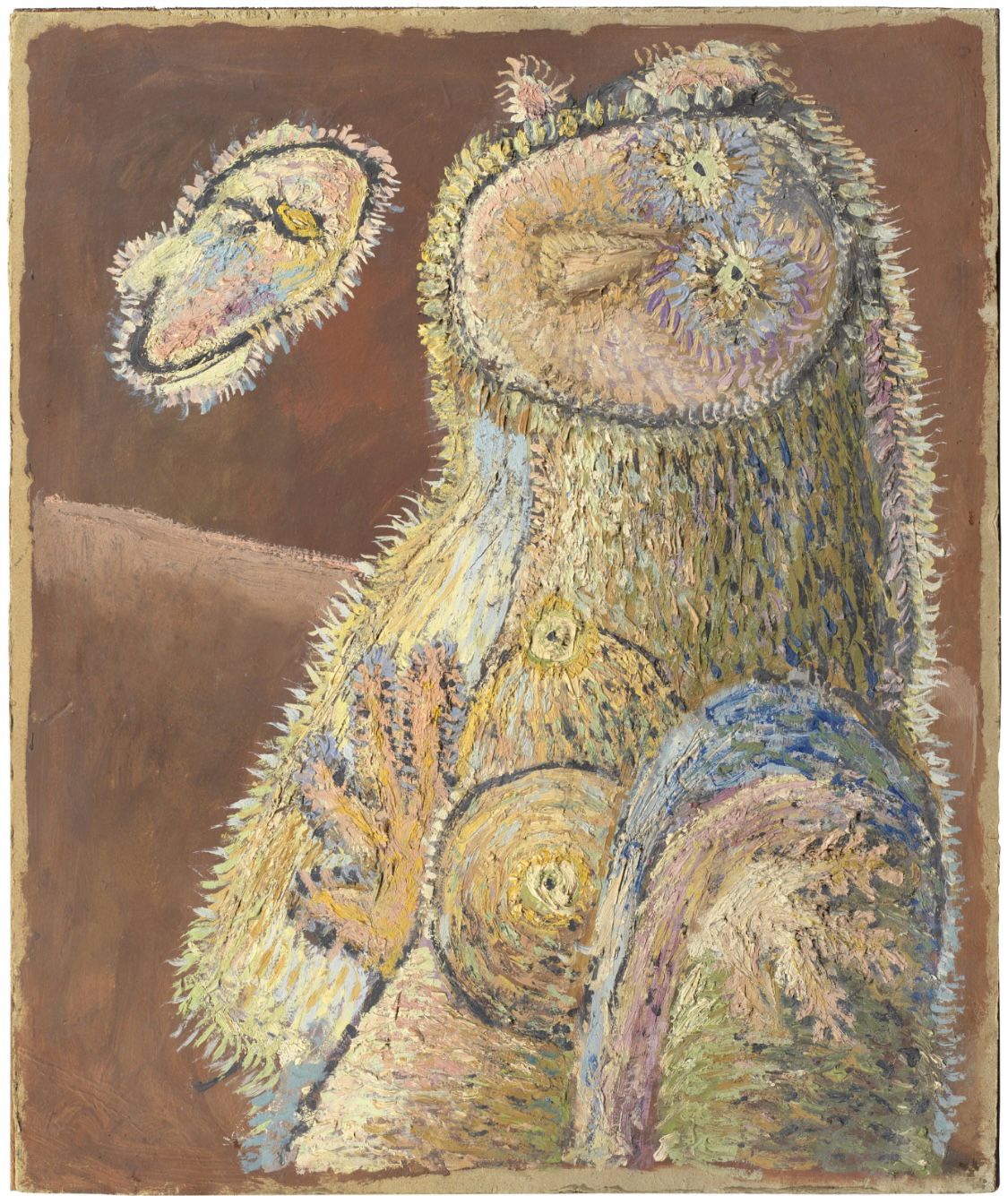 Antoni Tàpies. Figura (1946). Col·lecció particular, Barcelona. © Comissió Tàpies, 2025.
Antoni Tàpies. Figura (1946). Col·lecció particular, Barcelona. © Comissió Tàpies, 2025.
This proposal also aims to dispel the common stereotypes about Tàpies. As the curators point out, his radicalism has been softened over time, reducing him almost exclusively to a material artist. In reality, his work draws on a context full of intellectual tensions: surrealism, Marxism, Dadaism in the Barcelona of the 1940s... His creation does not arise from nothing, but from a network of references and influences that the exhibition aims to bring to light. In this sense, it is worth noting that the last article in his memoirs was dedicated to magic and surrealism, essential aspects for understanding his work from a symbolic and transcendental dimension.
In this sense, 'The Imagination of the World' is presented as a game of connections. Tàpies himself, in his writings, already played with this idea of infinite combinations. Now, the Museum invites us to do the same: to rethink his work, to ask ourselves questions and to rediscover his universe beyond what we already know.
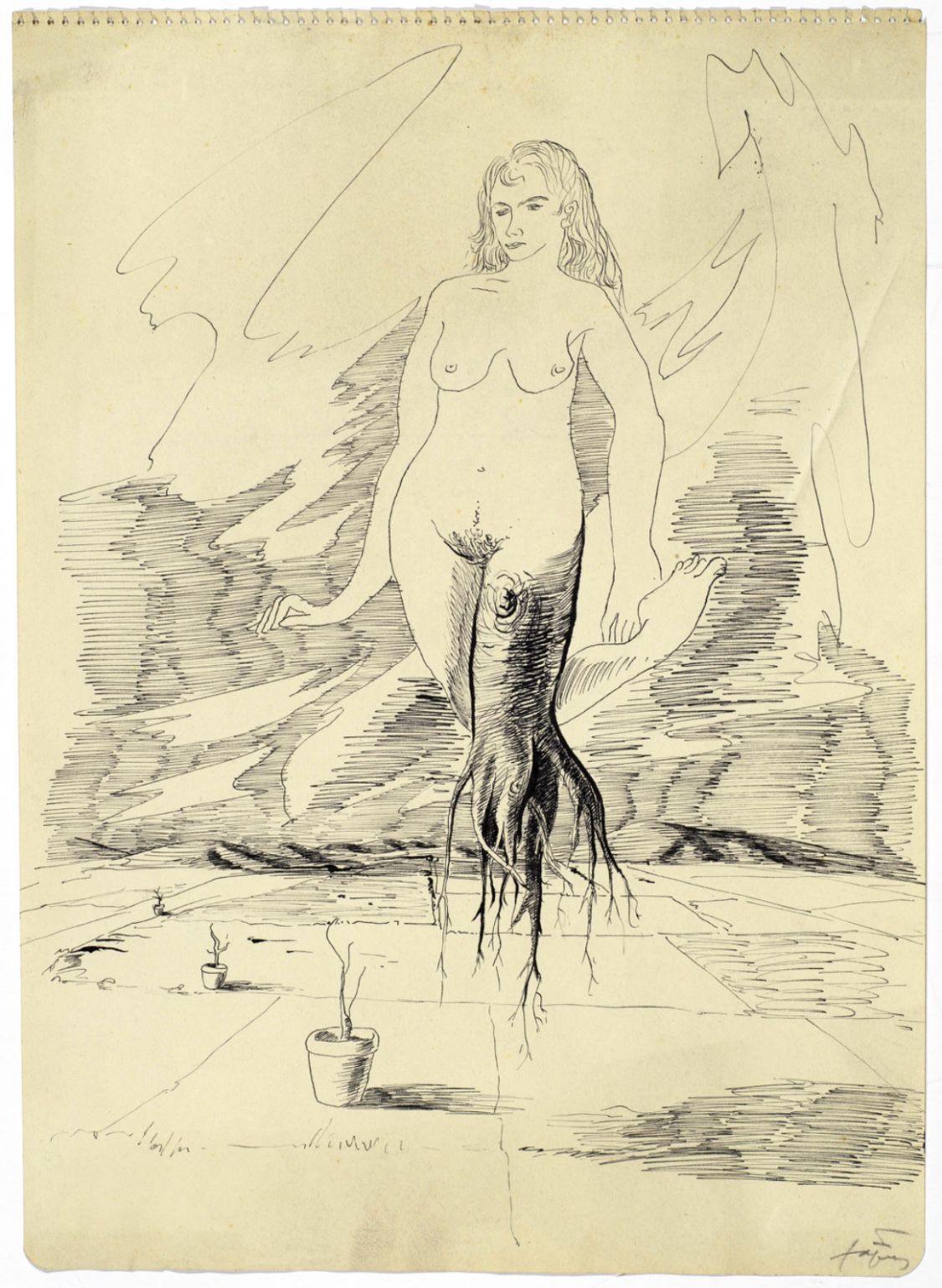 Antoni Tàpies. Dona-arbre (1944). Col·lecció particular, Barcelona © Comissió Tàpies, 2025
Antoni Tàpies. Dona-arbre (1944). Col·lecció particular, Barcelona © Comissió Tàpies, 2025



